Medical Microbiology Assignment: Gastroenteritis Diagnosis & Tests
VerifiedAdded on 2021/04/21
|5
|784
|38
Homework Assignment
AI Summary
This medical microbiology assignment addresses the diagnosis and analysis of infective gastroenteritis. It explores various diagnostic tests, including fecal cultures, antigen detection tests for pathogens like C. difficile, STEC, and Campylobacter, and blood tests such as Full Blood Count (FBC), Erythrocyte Sedimentation Rate (ESR), and C-reactive protein (CRP). The assignment details the importance of each test and the specimens required. It also discusses sample processing and potential causes of the patient's condition, including food poisoning, traveler's diarrhea, and food poisoning associated with seafood, providing insights into the causative agents and pathogenesis. The assignment references relevant literature to support its findings, offering a comprehensive understanding of the topic.
1 out of 5
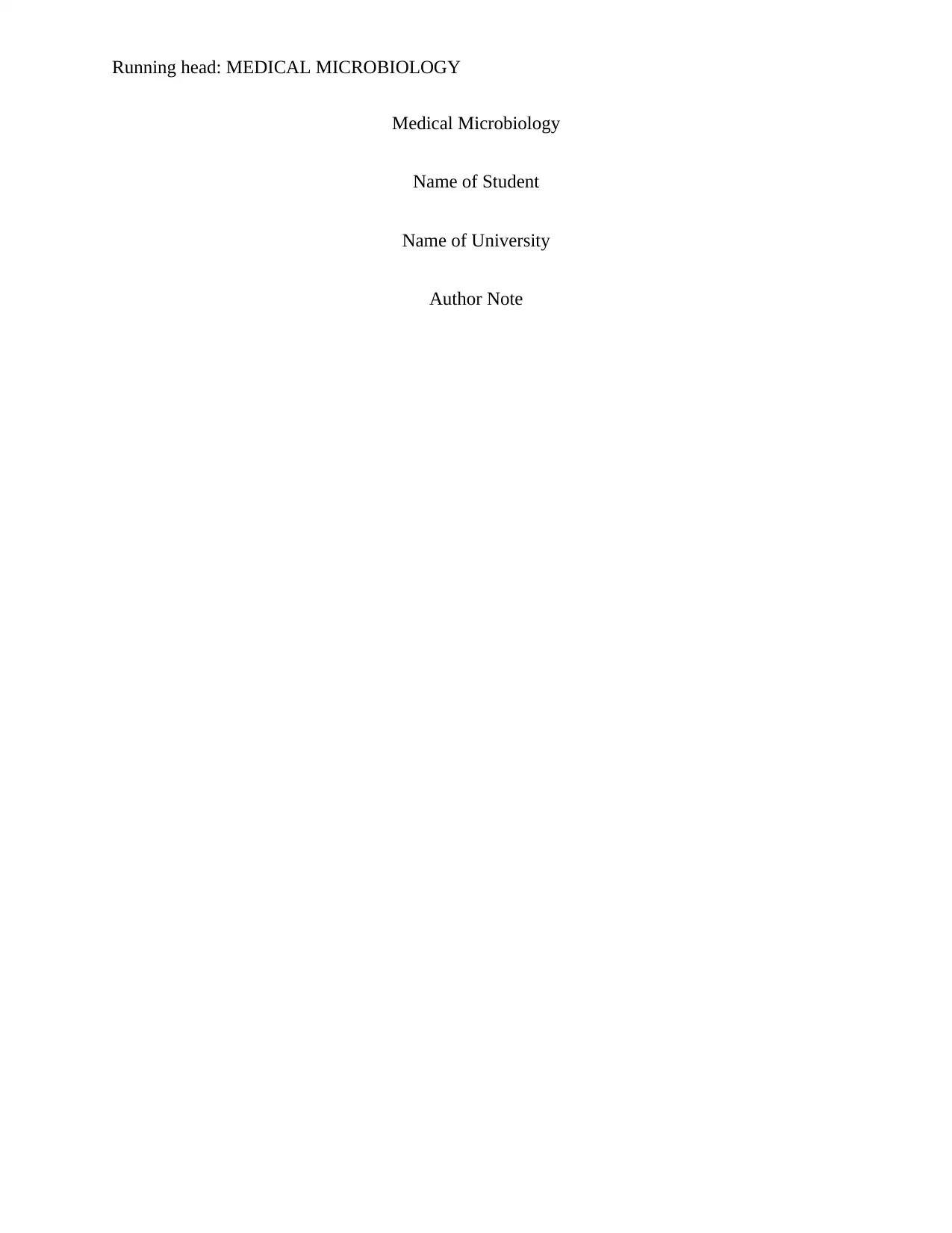
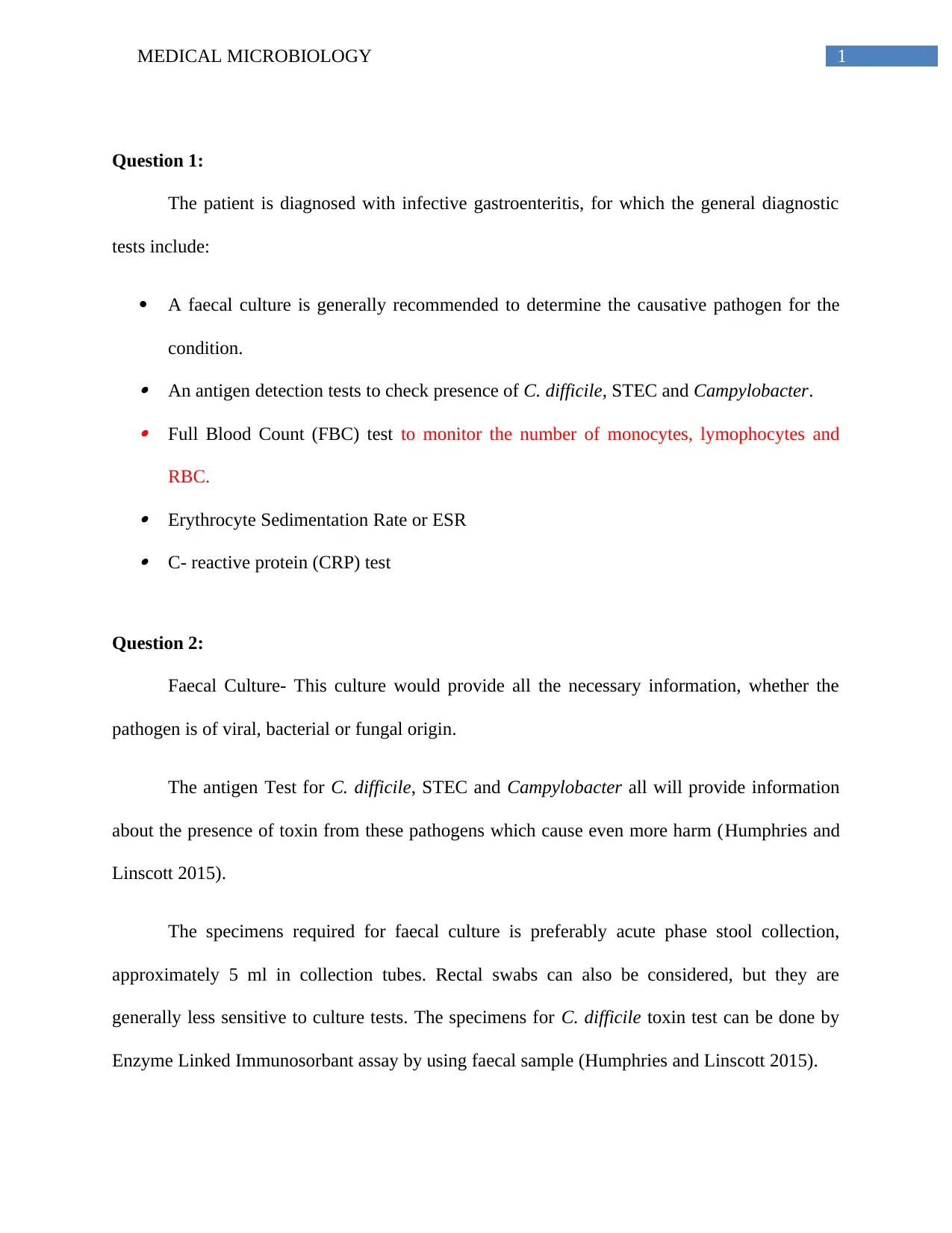
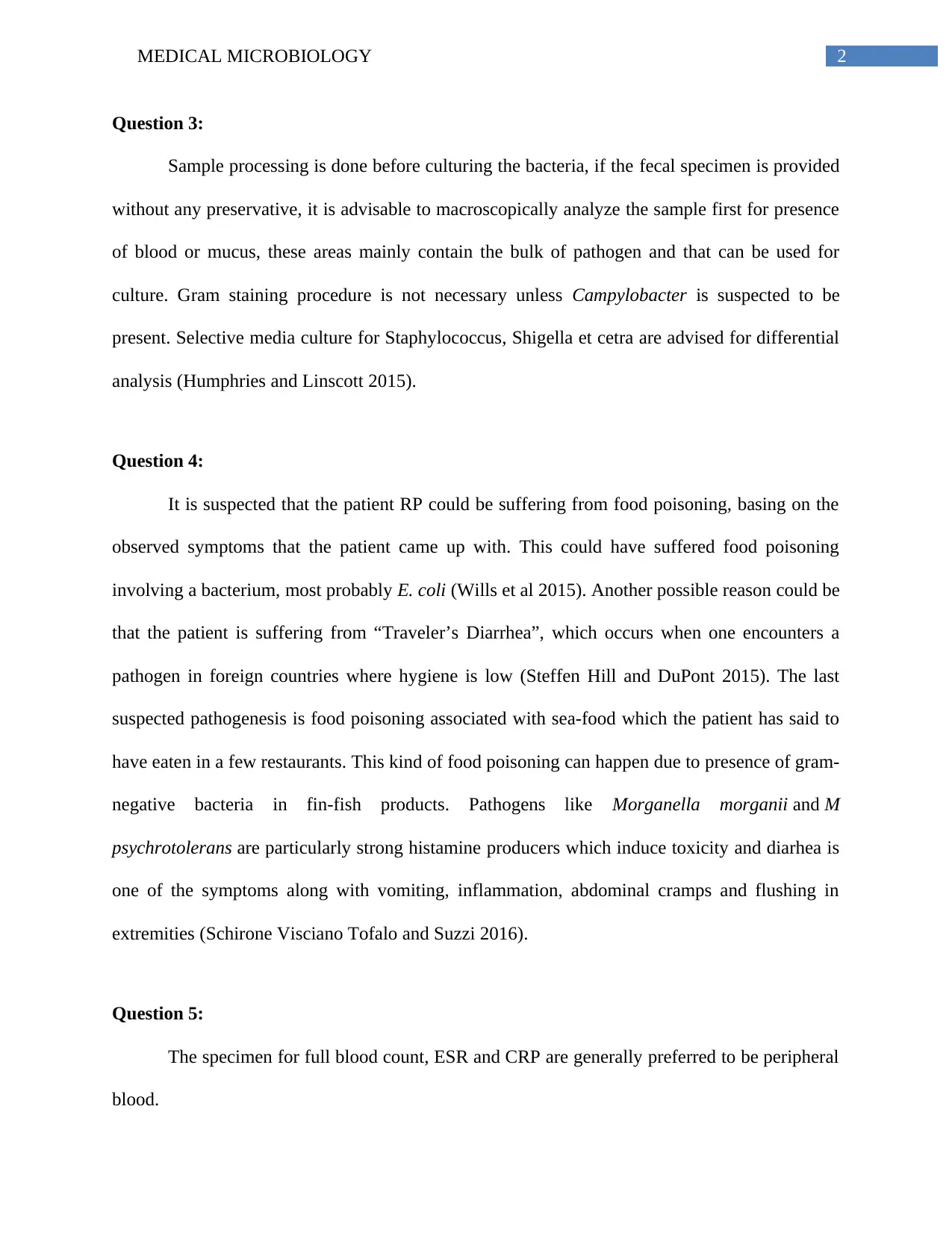

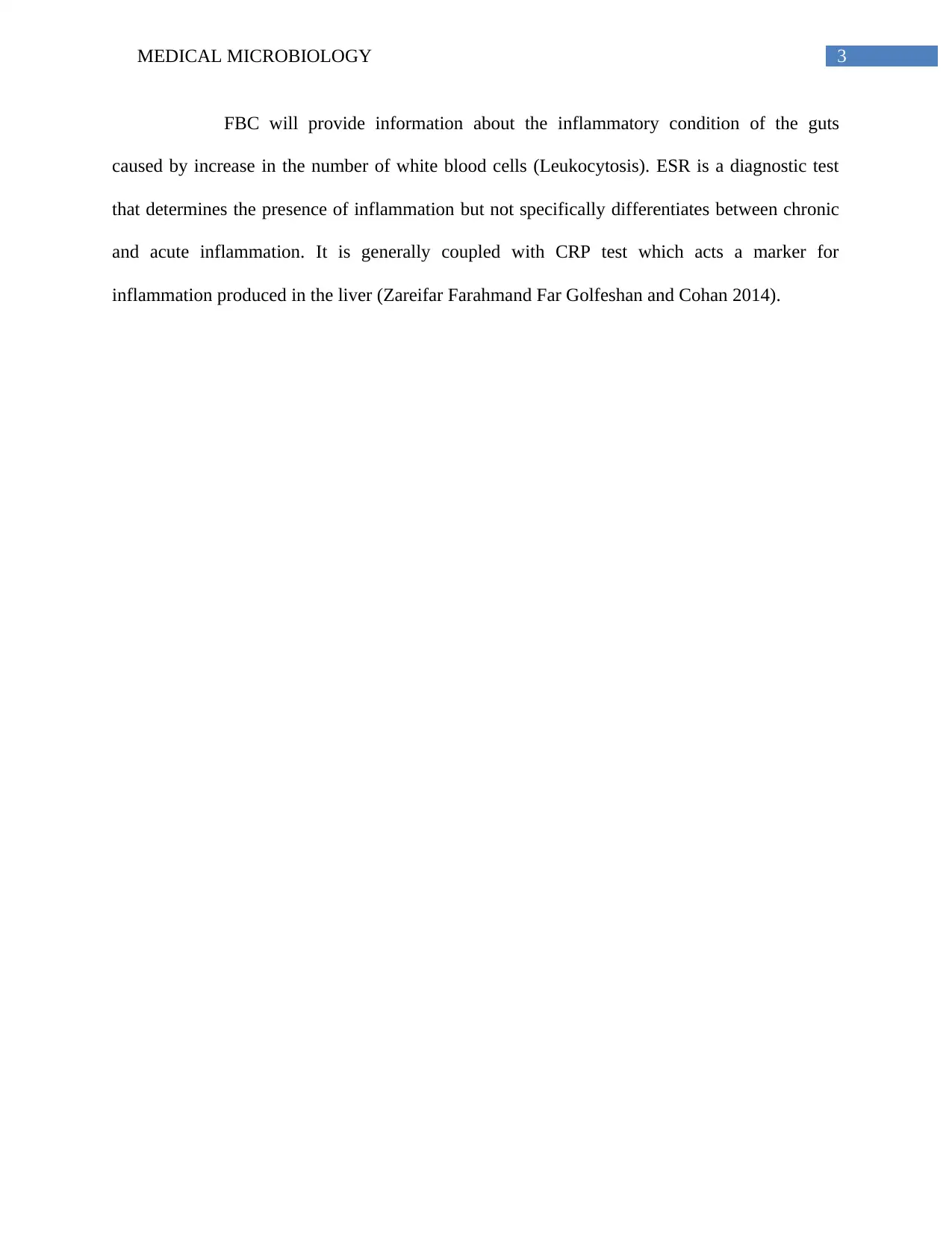
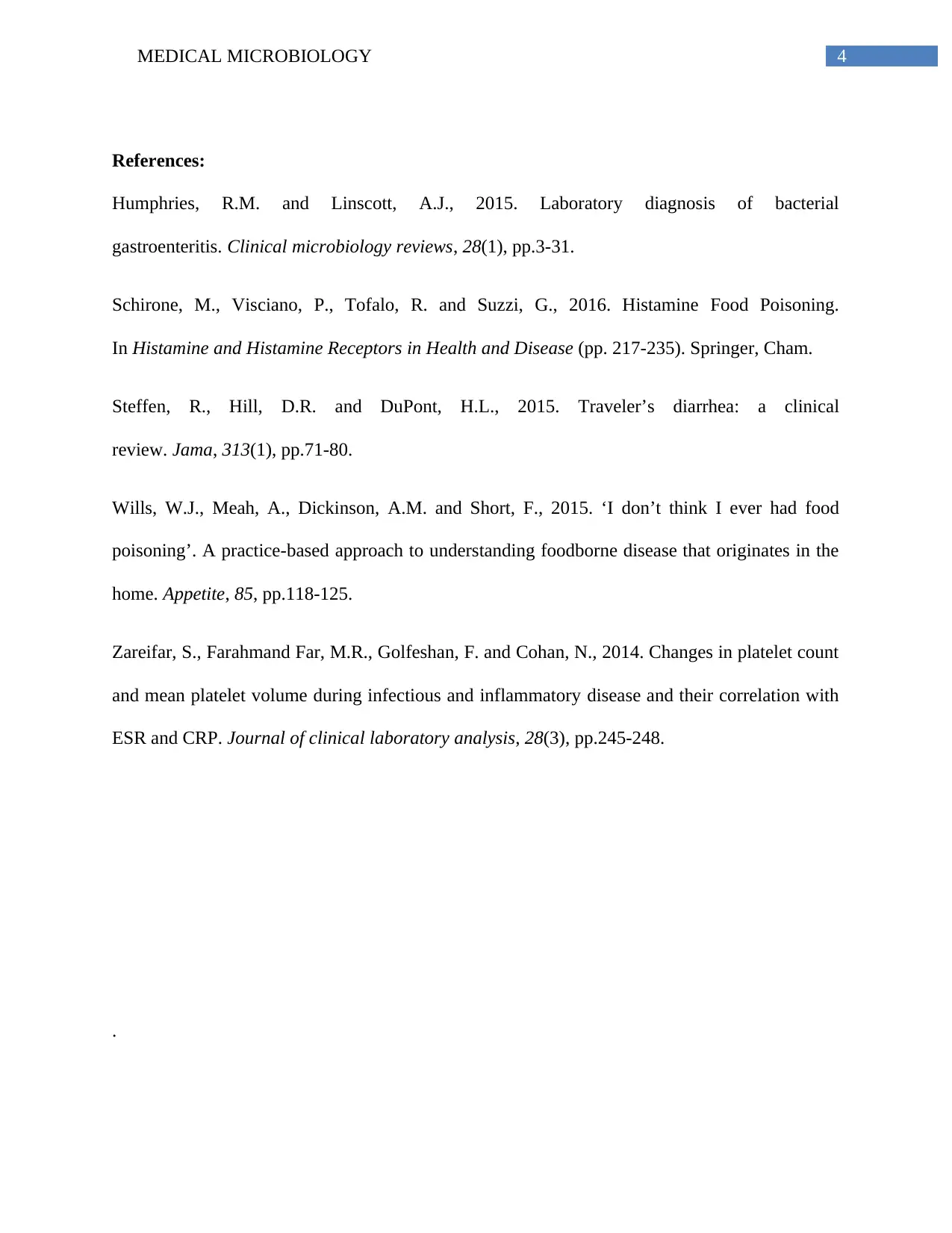
![[object Object]](/_next/static/media/star-bottom.7253800d.svg)